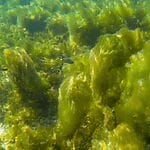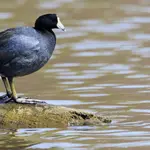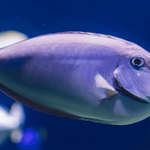Lakes are ecosystems teeming with life, maintaining a delicate balance of nature. Along their shores, aquatic vegetation flourishes, creating a natural habitat for numerous species, including the classic “Animal that Lives in a Lake.”
These environments provide ideal spawning grounds for various fish species. In the shallow waters, waterfowl find a safe haven, while the world beneath the surface buzzes with activity from insects and invertebrates, all playing a vital role in the complex food web of the lake.
Lakes serve as crucial breeding grounds for amphibians and reptiles, contributing to biodiversity. These freshwater bodies support a myriad of organisms, from microscopic algae to large mammals, creating a mosaic of life. The health of these ecosystems is paramount, influencing global biodiversity and providing essential services that impact both aquatic and terrestrial environments.
The Top 10 Animals That Call Lakes Home
Majestic Swans and Waterfowl
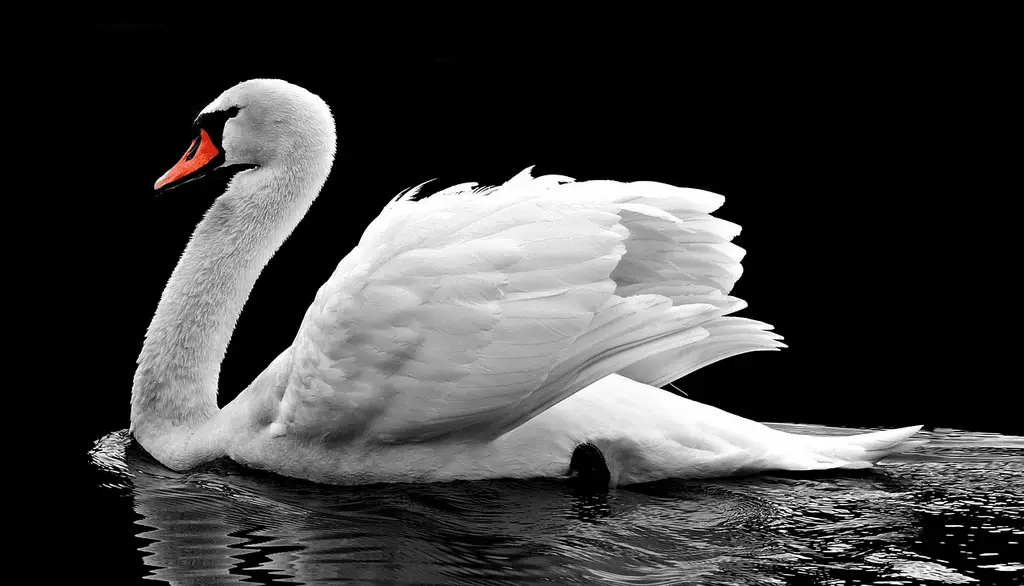
Lakes abound with the elegance of swans and diverse waterfowl, enriching ecosystems with their distinctive behaviors. Graceful swans, symbols of beauty, glide across serene waters, contributing to the visual splendor. Various waterfowl species, from mallards to geese, engage in intricate courtship displays and communal activities, forming a dynamic social fabric.
Their foraging habits help regulate aquatic insect populations, preserving the ecological balance. Nesting along lake shores, these avian residents play a vital role in shaping the landscape and contribute to nutrient cycling. The enchanting presence of swans and waterfowl signifies both the ecological vitality and aesthetic charm of lakeshores.
Beneath the Surface: Fish Varieties
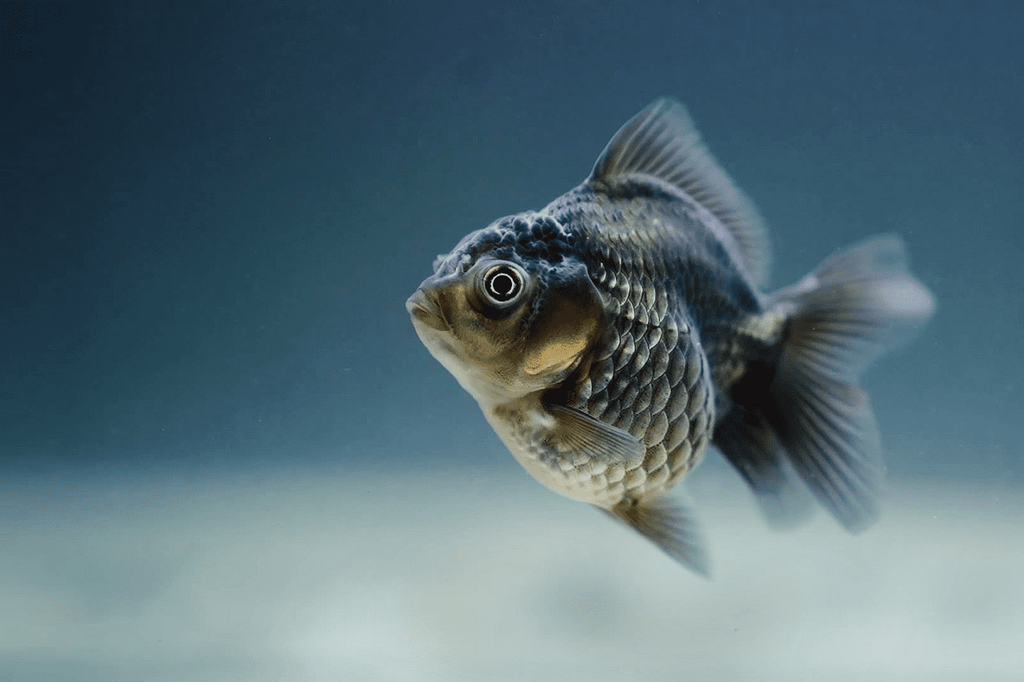
Fish play a pivotal role in maintaining ecological equilibrium within lakes, forming a crucial link in the aquatic food web. In the underwater realm, diverse fish species, ranging from bass to trout, contribute to the delicate balance of predator-prey dynamics. They control insect and smaller fish populations, preventing overgrowth and sustaining water quality.
Additionally, certain species, like carp, aid in vegetation management, preventing the unchecked proliferation of aquatic plants. The intricate dance of these underwater residents ensures the health of lakes, supporting biodiversity and reinforcing the interdependence of species in these freshwater ecosystems.
Graceful Water Lilies and Frogs
Water lilies and frogs share an enchanting symbiosis in the realm of lakes. The delicate lily pads provide a floating haven for frogs, offering refuge and a strategic vantage point for hunting insects. In return, frogs become vital allies in pest control, feasting on the very insects that may threaten the lilies.
The vibrant chorus of croaks echoes through the night as frogs navigate the aquatic and terrestrial realms, fostering a harmonious balance. This coexistence exemplifies the interconnected beauty of lake ecosystems, where water lilies and frogs create a mesmerizing ballet, enriching the ecological tapestry of their shared habitat.
Basking Turtles on Lakeshores
Lakeshores host a diverse tapestry of turtle species, each contributing uniquely to their ecosystems. Painted turtles with vibrant shells bask in the sun to regulate body temperature. Snapping turtles, known for their robust appearance, play roles as opportunistic scavengers. Softshell turtles, with pliable shells, navigate shallows with agility.
Female turtles, notably snappers and painted turtles, diligently nest in sandy shores to ensure future generations. These ancient reptiles, integral to nutrient cycling, forage on aquatic vegetation and prey, maintaining ecological balance. Lakeside landscapes resonate with the quiet but essential presence of these turtles, embodying the intricate harmony of nature’s design.
Playful Otters in Lake Environments
Otters exhibit a social dynamism that adds vibrancy to aquatic habitats. These sleek mammals engage in synchronized swimming and intricate communication, fostering tight-knit family bonds. Their webbed feet and streamlined bodies, coupled with acute underwater vision, equip them for agile hunting, preying on fish and crustaceans.
Remarkable adaptations include dense fur that traps air, providing insulation during aquatic pursuits. Otters’ charming antics not only entertain but signify their vital role as indicators of a healthy ecosystem, emphasizing the interconnectedness of these charismatic creatures with the dynamic life of lakes.
Migratory Birds and Their Lakeside Sojourn
Migratory birds strategically choose lakes as crucial stopover points during their journeys for reasons beyond mere geographical convenience. Lakes offer abundant food sources, shelter, and open water crucial for resting and refueling. During seasons of migration, flocks rest along lake shores, feeding on insects, fish, and vegetation.
These aquatic havens provide a vital respite, aiding in the replenishment of energy stores for long flights. Additionally, lakeside ecosystems support diverse habitats, contributing to the overall health of migratory species. Recognizing the pivotal role of lakes in sustaining these avian travelers underscores the conservation significance of preserving these vital stopover points.
Freshwater Crustaceans and Insects
Lake ecosystems teem with a fascinating array of crustaceans and insects, serving as unsung heroes in nutrient cycling and intricate food webs. Water beetles, dragonfly nymphs, and mayfly larvae, among others, navigate the underwater realm, contributing to the delicate balance of predation and reproduction.
Crustaceans like copepods and amphipods scavenge and filter-feed, efficiently recycling nutrients. As integral components of the aquatic food chain, they sustain fish populations and, in turn, higher predators. The ceaseless activity of these diminutive inhabitants underscores their pivotal roles, orchestrating a dynamic symphony that maintains the ecological vitality of lakes.
The Importance of Lake Conservation
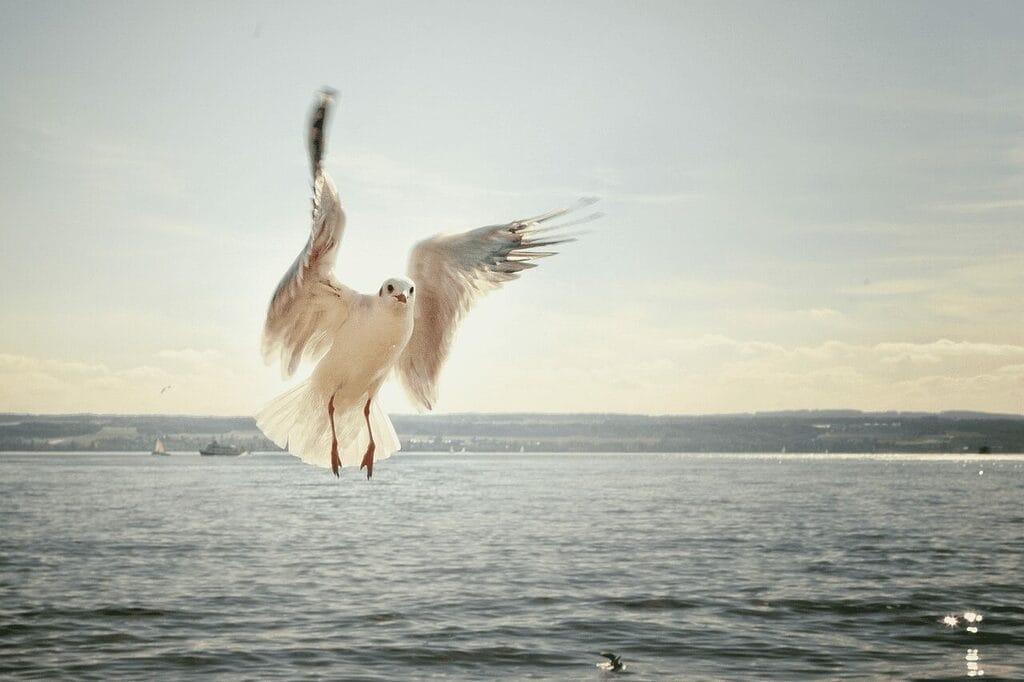
Threats to Lake Ecosystems
Lake ecosystems face a myriad of threats, putting their health in danger. Pollution, whether from agricultural runoff or urban discharges, introduces harmful chemicals that disrupt water quality and endanger aquatic life. Habitat loss, driven by urbanization and infrastructure development, undermines the delicate balance of species dependent on specific niches.
Climate change exacerbates these challenges, inducing temperature fluctuations, altering precipitation patterns, and impacting water levels. These combined risks compromise biodiversity, disrupt food webs, and escalate the vulnerability of lakes. Urgent conservation measures are essential to mitigate these threats and safeguard the resilience of these vital freshwater ecosystems.
Conservation Efforts and Community Involvement
Successful lake conservation initiatives exemplify the power of collective action. Community-driven projects, from shoreline cleanups to watershed protection programs, demonstrate the impact of local engagement. Sustainable fishing practices and the establishment of protected areas contribute to habitat preservation. Education campaigns foster awareness about the importance of lakes and inspire responsible stewardship.
Collaborative efforts between communities, governments, and environmental organizations showcase the potential for positive change. By actively involving residents in monitoring water quality, planting native vegetation, and advocating for policy measures, communities become champions in preserving the health and biodiversity of lakes, ensuring a sustainable legacy for future generations.



